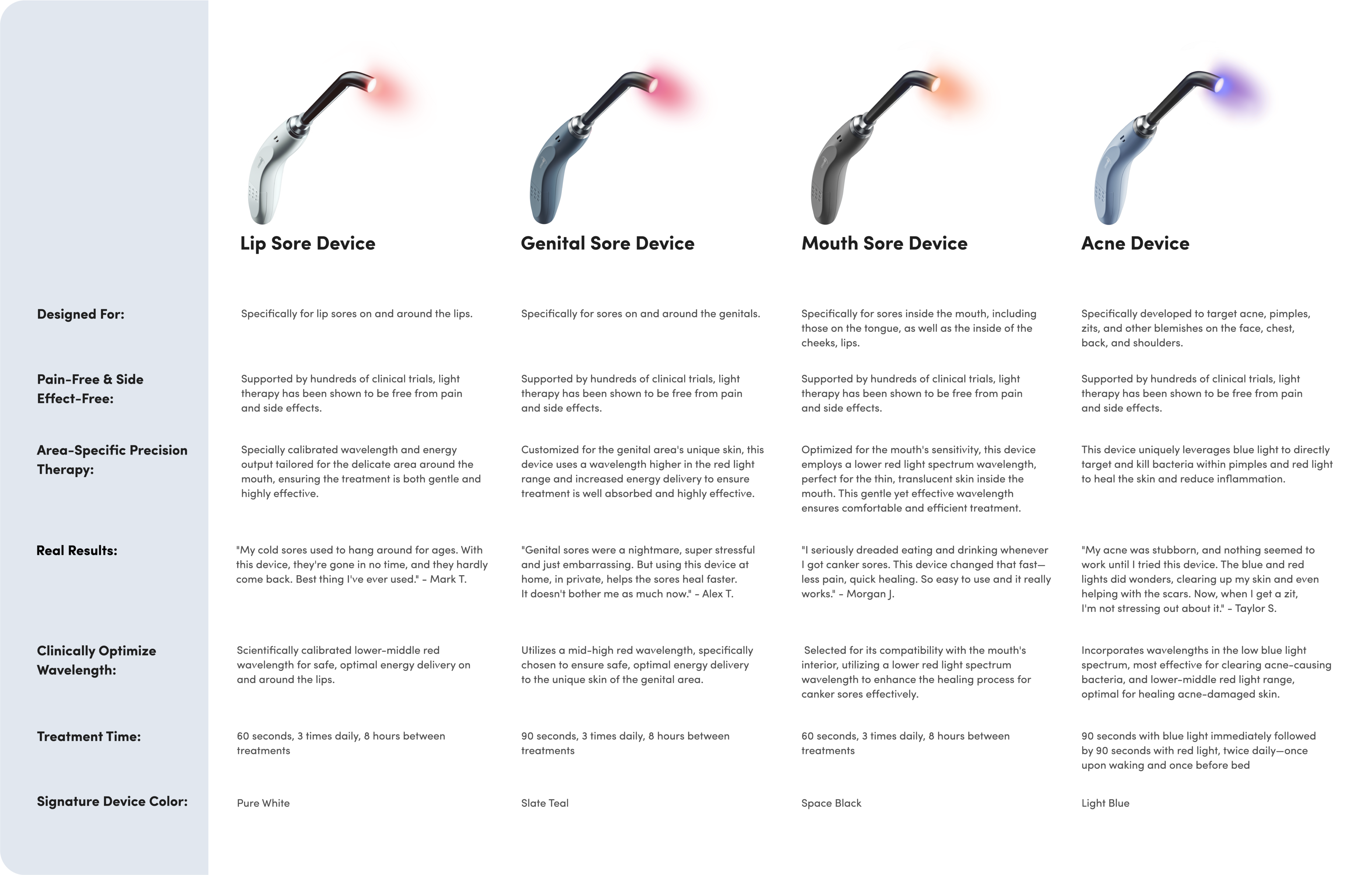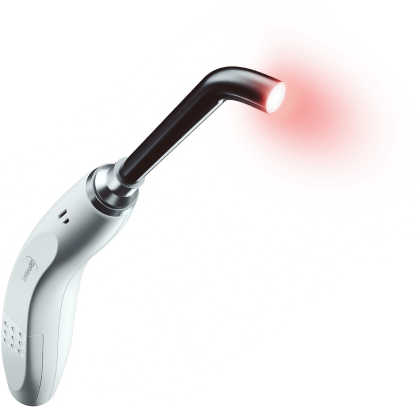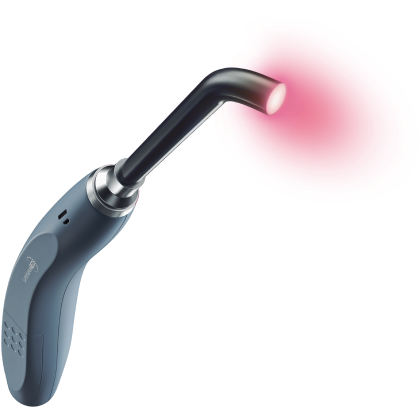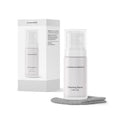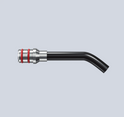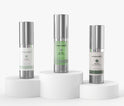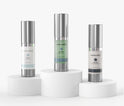The 5 Stages of Genital Herpes and How To Manage Them

You wouldn’t try to fix your car’s sputtering or squealing until you knew what was causing it, right?
The same principle applies for a herpes infection! You can’t effectively treat your genital herpes symptoms until you understand how the infection behaves in your body.
By learning more about the stages of genital herpes, you can be prepared to handle every outbreak with strategic treatments to increase comfort and minimize misery.
What Is Genital Herpes?
Genital herpes is a sexually transmitted infection (STI) caused by the herpes simplex virus. This infection is best known for the red bumps and white blisters it causes in the genital region, but genital herpes involves much more than just the visible outbreak.
The genital herpes virus progresses through five distinct phases, starting from your primary infection and proceeding through the healing stage.
During an active herpes outbreak, the blisters themselves also go through their own five-stage progression.

The 5 Stages of the Genital Herpes Virus
Although it’s difficult to predict the timing of a herpes outbreak, the genital herpes virus isn’t random. If you can learn the five distinct phases of the herpes virus, you give yourself a much better chance to take more control of your infection.
Primary Infection
After you become infected with the herpes virus, it may take days or even weeks to feel your first symptoms. This first herpes outbreak is known as the initial episode or primary infection. It’s usually more severe than future outbreaks.
A primary infection often begins with symptoms commonly associated with the flu, like joint pain, fever and headache. You may also experience painful urination and swollen lymph nodes in the groin area.
Multiple red blisters can develop in the genital area. You may notice tingling, itching or burning as genital herpes blisters emerge. These sores become very painful, fill up with pus, and eventually burst, dry out, and scab over.
Latent Stage
The primary infection caused by genital herpes isn’t pleasant, but the good news is that those symptoms disappear over the course of a few weeks. Healing occurs as the herpes virus travels away from your skin and into a bundle of nerves at the base of the spine. It then hibernates inside these nerves during the next phase of the virus: the latent stage.
During the latent stage of herpes, you enjoy being symptom-free. However, it’s important to remember that you are still infected with the virus despite having no symptoms. You can still transmit herpes to others if you don’t take precautions.
Prodrome Stage
Many people with herpes experience recurrent outbreaks after their primary infection. Recurrent outbreaks occur any time the herpes virus ends its hibernation and travels through the nerves to the skin’s surface. This usually occurs when a specific trigger “wakes up” the virus. Common triggers include a weakened immune system, vitamin deficiency, excessive sunlight and lack of sleep.
About 50% of people experience symptoms before each recurrent outbreak develops. This is known as the prodrome stage. Prodromal symptoms include redness, itching, tingling, and pain in the buttocks, legs, and hips.
Blister Stage
Your prodrome stage may last a few hours or a few days before transitioning into the blister stage. As soon as the herpes virus reaches the surface of your skin, it causes blisters to form.
Herpes blisters begin as small red bumps that eventually fill with fluid. They may resemble other common skin conditions like pimples, ingrown hairs and jock itch, but they’re far more contagious.
Every herpes blister progresses through five stages that are very similar to the stages of a cold sore:
- Red bumps develop on the skin.
- Bumps turn into fluid-filled blisters.
- Blisters burst and ooze, creating painful sores and ulcers on the skin.
- Over time, the sores dry out and crust or scab over.
- Crust and scabs fall away and healing begins.
These recurring herpes outbreaks don’t usually last as long as the initial episode, though this phase is unfortunately still painful and uncomfortable. Consider using household remedies, over-the-counter treatments, and prescription medications to alleviate herpes symptoms.
Healing Stage
The healing stage of an initial herpes outbreak may take two to four weeks to resolve, but healing occurs more rapidly during subsequent outbreaks. Ulcer crusts and scabs help the healing process by protecting the infected skin. Never pick at these scabs, or you risk scarring your skin.
You may notice red or irritated skin after the scabs fall off. It’s important to continue to protect these areas until the healing stage is complete.
Which Genital Herpes Stage Is Safest for Sex?
Genital herpes spreads mainly through sexual contact, and it can be contagious even between outbreaks due to asymptomatic shedding.
There’s no genital herpes stage that completely eliminates the possibility of infecting your partner with the virus, but herpes is more contagious in some stages than others. The primary infection stage and the blister stage are the two most highly contagious herpes phases. It’s important to avoid all sexual and intimate contact during these times.
The latent stage of genital herpes, however, is the safest. It’s still possible to transmit herpes to your partner with asymptomatic shedding, so you will still need to take precautions. But this stage is far less risky than others.
Use This Treatment To Speed Up Healing
Traditional genital herpes treatment options don’t always offer the lasting relief you need, especially during a painful outbreak. That’s why the Luminance RED stands out from other over-the-counter genital herpes treatments.
The Luminance RED is an FDA-registered device you can use to shine medically-optimized wavelengths of light on herpes sores or in areas where sores often form. High-powered, optimized wavelengths of light can shorten the healing time and reduce the pain of genital sores.
For example, clinical data shows that high-powered light treatment reduces healing time from 8.2 days to 1.8 days and extends the time before the next recurrence from 124 days to 455 days!
Treatment with light is a proven and simple way to discreetly take control of your genital herpes.






